I was hoping to write this post long back, in fact, immediately after I came back from my amazing trip to Sri Lanka, but you know how things can get when it comes to writing blog posts right? So basically, here I am, 10 months late. But it’s always better late than never, yes?
When I was in Sri Lanka, I went snorkeling for the first time and even tried out the PADI Discover Scuba Diving experience (read about it here http://goo.gl/U6EiBO and here http://goo.gl/LSIdKH). These experiences pretty much changed my life, I know I can never think of the ocean and the underwater world in the same way again. I am actually currently in the process of getting my SSI Open Water Diving Certification and although I did have to invest a huge chunk of my income on it (Rs 20000/-), I know that I want to do it, regardless of the risks or money involved.
When you know that an activity is dangerous, can lead to terrible diseases that will burn a hole in your pocket trying to treat and cannot even be detected easily or treated everywhere; when the activity itself can even lead to death in a few cases; when you know that the big financial investment you are making in the initial stage is nothing but the beginning of a long, extremely expensive affair; and more importantly, you are scared shitless by even the idea of it; you really need a big incentive to go ahead with it, I am sure you’d agree with me.
And yet, in spite of all of these factors, there is literally no estimate of how many people get their certification each year, there are hundreds of thousands of people going for it all around the world. Of course, most people may say that it has become a popular activity among people who like to take risks or try their hand at adventure sports, but this is different. It’s not comfortable, it doesn’t feel pleasant being underwater, it’s more frightening than exciting. This isn’t just a sport. This is a revelation that will change your life. And although I cannot speak for everyone, I can say with confidence that most people who dive, do it because the high of discovery is the most incredible and intoxicating high of all.
In any case, I want to capture and preserve what I experienced in the best way I can, which is why I am writing this post, and in the process, I want to try to open your eyes to the world that I saw. I know words and images will not do justice to the sights that I observed, but I am going to attempt to at least introduce you to the unimaginable beauty that I have witnessed and hope that you will be inspired to see it for yourself.
The Corals
The Table Coral
The magnificent flat plates of table coral are ideally shaped to expose as much of their surface as possible to sunlight.
The Brain Coral
Brain coral is so called due to their generally spheroid shape and grooved surface which resembles a brain. The lifespan of the largest brain corals is 900 years.
The Cabbage Coral
The cabbage corals form small, low-growing colonies on hard substrates such as rubble or dead corals. They can grow so densely that their prominent “leaves” will often overlap.
Elkhorn Coral
This coral’s structure closely resembles that of elk antlers. Elkhorn coral colonies are incredibly fast-growing, with an average growth rate of 5 to 10 cm per year and can eventually grow up to 3.7 m in diameter.
Porites desilveri
Porites desilveri is a reef building coral endemic to a small range surrounding Sri Lanka and Southern India.
Staghorn Coral
Staghorn corals are among the fastest growing corals on reefs, and are excellent reef-builders.
Star Coral
Star corals is one of the most common corals worldwide and widespread in the Indian and Pacific Oceans.
Reptiles
I have to say, this was the best moment of my vacation, and spotting them the first time I even tried snorkelling, I was so excited, if it wasn’t for the snorkel, I’d have screamed my lungs out in joy. It felt like magic swimming beside them, the two I spotted while I was snorkelling and diving were comparatively young and small, the first one about 1.5 feet and the second around 2 feet, but I did get the opportunity to see two full grown green sea turtles too, and really, coming across them is a truly humbling experience. I fell in love the moment I spotted my first one.
Green Sea Turtle
The green sea turtle is one of the largest sea turtles and the only herbivore among the different species. Green sea turtles are in fact named for the greenish color of their cartilage and fat, not their shells.
Hawksbill Sea Turtle
Hawksbill sea turtles are found throughout the tropical waters of the Atlantic, Pacific, and Indian Oceans. They avoid deep waters, preferring coastlines where sponges are abundant and sandy nesting sites are within reach.
Sea turtles are the living representatives of a group of reptiles that has existed on Earth and travelled our seas for the last 100 million years. They are a fundamental link in marine ecosystems and help maintain the health of coral reefs and sea grass beds. And although they have prevailed for over 100 million years, currently, sea turtles are in grave danger due to human activity, and all 4 species of sea turtles have been declared as endangered species worldwide.
Human action presents both intentional and unintentional threats to the species’ survival. Intentional threats include continued hunting, poaching and egg harvesting. More dangerous are unintentional threats, including boat strikes, fishermen’s nets that lack turtle excluder devices, pollution and habitat destruction. Chemical pollution creates tumors, effluent from harbors near nesting sites create disturbances; and light pollution disorients the hatchlings. A lot is being done to protect these majestic animals but it just isn’t enough, and it is depressing to know that our actions have directly and indirectly impacted populations of all kinds of animals on land, in water and in air.
Fish & Others
As soon as I got into the water and put on my snorkel and mask and looked underwater, I could not believe what I was seeing. I had expected fish to be there, but I couldn’t have prepared myself for the number of fish, the variety, the colors, it was fucking incredible! I felt like I was living in a documentary. I saw so many different kinds of fish that I cannot even remember all of them or find out which ones they were! I have tried to identify as many as I could, but this is probably just 40-50% of them.
Like other groupers, this rather wary, coral reef-dwelling fish is a large, robust species. Black-saddled coral groupers have large mouths, lined with numerous small teeth and prominent canines on the sides of the lower jaw, enabling them to be efficient predators of other reef inhabitants. The ones I saw were fairly small, which means they were probably juveniles.
The Black Sea Cucumber, also known as the Lollyfish, is a species of marine invertebrate in the Holothuriidae family. When attacked, it ejects its internal organs through its anus. These organs are toxic. Black sea cucumbers are consumed by humans in some parts of the world.
The Yellow Tang is a saltwater fish species that is a very popular aquarium fish. At night, the yellow coloring fades slightly, and a prominent brownish patch develops in the middle with a horizontal white band. They rapidly resume their bright yellow color during daylight.
Yellow Back Fusiliers occur in the Indo-Pacific from East Africa to the Line Islands, but they are not found in the Red Sea or the Persian Gulf. These fish have the tendency to forms schools with other species of fusiliers.
The sea urchin is found across the ocean floors worldwide. There are nearly 200 different species of recognised sea urchin, that come in all shapes and sizes. Sea urchins are omnivorous animals and therefore eat both plant and animal matter. The sea urchin mainly feeds on algae on the coral and rocks, along with decomposing matter such as dead fish, mussels, sponges and barnacles. The ones we saw were either purple or black in color.
The Blue Tang is also known as the Regal Tang, Blue Surgeonfish, or Indo-Pacific Blue Tang. Dory from Finding Nemo was a Blue Tang! They are schooling fish and can be found with other tangs like the Yellow Tang.
This fish is commonly referred to as ‘sergeant major’ as it exhibits five black bars – resembling the insignia of said rank in the military services. Adults will often form large feeding aggregations – sometimes containing several hundred individuals.The males adopt a bluish hue while guarding the nesting site.
Sea snails are molluscs that live in salt water. Many species of sea snails are edible and exploited as food sources by humans.
There are numerous species of sand perches that are found across the reefs of the world, of which, over 6-7 are found in the reefs of the Indian Ocean.
The Saddle Butterflyfish is a fish found in the Indian and Pacific Oceans. It is a large butterflyfish, at up to 30 cm long, one of the largest among its genus. In shape it resembles certain angelfishes more than most of its relatives.
The Red-toothed Triggerfish occurs on coral reefs of the Indo-Pacific. Sometimes this fish is seen in large numbers swimming well off the bottom on steep outer reef slopes. They feed mainly on zooplankton.
Porcupinefish are also commonly called blowfish ( “You are a Blowfish, Jesse”; BrBa reference). They are sometimes confused with pufferfish. Porcupinefish are closely related to pufferfishes but porcupinefish have heavier spines on their body. They are generally slow. Porcupinefish have the ability to inflate their body by swallowing water or air, thereby becoming rounder. This increase in size reduces the range of potential predators to those with much bigger mouths. A second defense mechanism is provided by the sharp spines, which radiate outwards when the fish is inflated. Some species are poisonous, having a tetrodotoxin in their internal organs, such as the ovaries and liver. This neurotoxin is at least 1200 times more potent than cyanide.
The Colombo damsel lives in the reef-associated, non-migratory, marine, depth range 2 – 10 m environment. They are known to be found only around Sri Lanka.
This little damsel has beautiful shimmering blue along the top half of its body, stopping at the end of the dorsal fin. The rear abdomen is bright gold with flecks of blue in the fins. They are schooling fish.
Parrotfishes are a group of about 90 species traditionally regarded as a family, but now often considered a subfamily of the wrasses. Its diet consists primarily of algae extracted from chunks of coral ripped from a reef. Much of the sand in the parrot fish’s range is actually the ground-up, undigested coral they excrete. They can change their gender repeatedly throughout their lives, and their coloration and patterns. Every night, certain species of parrot fish envelope themselves in a transparent cocoon made of mucous. Scientists think the cocoon masks their scent, making them harder for nocturnal predators, like moray eels, to find.
Sweetlips are usually found either singly or in groups hovering over the reef during the day. They are nocturnal predators feeding on fish and benthic crustaceans. In some areas sweetlips are known as Grunts because they make a grunt sound. Adults are recognised by the striped pattern and spotted fins. Juveniles are blotched and found in shallow lagoons. Sweetlips can be distinguished from other species by their very large rubbery lips.
Undulate Triggerfish or Orange-lined Triggerfish are found in the Indo-Pacific. Generally this fish is aggressive towards other fish, especially other triggerfish. They have a territorial nature.
The Moorish idol is a common inhabitant of tropical to subtropical reefs and lagoons. A number of butterflyfishes closely resemble the Moorish idol. The Moorish idol got its name from the Moors of Africa, who purportedly believed the fish to be a bringer of happiness. Moorish idols are also popular aquarium fish, but despite their popularity, they are notorious for short aquarium lifespans and sensitivity. This fish species also featured in Finding Nemo along with others mentioned in this blog.
Lagoon Triggerfish, also known as the Picasso Triggerfish because of it’s painted appearance, live in the reefs and sandy areas of coral reefs where they eat just about everything that comes along. They are always restlessly swimming around and can vigorously protect their territory against intruders, including divers, especially when guarding their eggs during reproduction season.
This species is widespread throughout the Indo-Pacific and is the largest of the butterflyfishes. It is collected for the aquarium trade and captured in artisanal fisheries.
Lionfish are native to the reefs and rocky crevices of the Indo-Pacific, although they’ve found their way to warm ocean habitats worldwide. The venom of the lionfish, delivered via an array of up to 18 needle-like dorsal fins, is purely defensive. It relies on camouflage and lightning-fast reflexes to capture prey, mainly fish and shrimp. A sting from a lionfish is extremely painful to humans and can cause nausea and breathing difficulties, but is rarely fatal.
Molluscs are one of the most diverse groups of animals on the planet, with at least 50,000 living species (and more likely around 200,000). It includes familiar organisms such as snails, octopuses, squid, clams, scallops, oysters, and chitons. In Sri Lanka, we saw a wide variety of snails, scallops and oysters, but I could not possibly begin to identify them. For that, I’m going to have to read about the species found in advance and look out for them.
The Lunare Wrasse is also named the Moon Wrasse because of its yellow caudal fin shaped like a crescent moon with long upper and lower lobes. When frightened, the Lunare Wrasse hide in the rocks or may bury themselves in the sand.
The humphead wrasse is one of the largest coral reef fishes and occurs patchily throughout much of the Indo-Pacific region. Its late maturity, longevity, predictable spawning sites, and natural rarity make it highly vulnerable to over-exploitation. The one I got a chance to see was much younger and hence smaller.
The emperor angelfish, is a species of marine angelfish. It is a reef-associated fish, native to the Indian and Pacific Oceans. It is a favorite among photographers, artists, and aquarists because of its unique, brilliant pattern of coloration. Juveniles are dark blue with electric blue and white rings; adults have yellow and blue stripes, with black around the eyes.
The 3-Spot Domino Damselfish, also known as the Three Spot Damselfish or Domino Damselfish, is so named due to the three white spots on its black body. It matures into an aggressive adult whose bright spots fade with age and it tends to form symbiotic relationships with carpet anemone.
The Diamond Watchman Goby is also commonly referred to as the Pretty Prawn, Maiden, Orange Spotted Diamond, Orange-dashed, or Orangespotted Sleeper Goby. It is a very timid fish off the bottom as it sifts through the sand.
Clownfish are fish that form symbiotic mutualisms with sea anemones, resulting in them also being called anemonefish. Although they are found in warm waters of the Indian and Pacific oceans, there are no clownfish in the Atlantic. The females are larger than the males. They are extremely popular as aquarium fish and even more so because of Finding Nemo!
The blue-spine unicornfish is a tang from the Indo-Pacific. It occasionally makes its way into the aquarium trade. It can grow to a size of 70 cm in length. The horn of the blue-spine unicornfish develops when the fish reaches a size of approximately 6 inches.
The blue-throat triggerfish is a triggerfish from the Indian Ocean. The blue-throat has a tendency to rearrange the landscaping and rocks when kept in captivity, an attribute that is noted for other triggerfish too. It is said to “talk,” which is actually a grunting sound.
The big-eye trevally is a schooling fish that is distributed throughout the tropical waters of world, and is also known as dusky jack. The species is also considered a good game fish and is of importance to fisheries around the world.
Batfishes are found around reefs. Adult batfishes have very deep, almost circular bodies, whereas juveniles have very elongate dorsal and anal fins, and often resemble leaves or detritus. Scuba divers sometimes mistake them for angelfish, which are similar in shape, but not closely related.
Maldives damselfish is a species of fish in the family Pomacentridae. They are from the same family as other damselfish which are common reef fish found across the world. These species are endemic to the Indian, Sri Lankan and Maldives coasts.
Writing this post took me back to the incredible time I had, and I know I am going to have a lot of exciting dives where I get to see all these animals and more. I’ve already got a list of things I want to see and dive locations I’d like to go to, and my favorite past time has become looking at different kinds of marine species online and reading about them or sitting and watching super trippy documentaries of divers recording dives in different locations under varied conditions. After Sri Lanka, I did go for a snorkeling trip. Watch this space to find out what I saw.
I look forward to my next dive with bated breath.
References:
All images found via Google Images. I do not claim ownership for any of the images presented in the blog post. They have been used for illustrative purposes only. No copyright infringement intended.
Information:
– arkive.org
– iucnredlist.org
– wwf.org
– nationalgeographic.com
– redorbit.com
– animalguide.georgiaaquarium.org
– liveaquaria.com
– seaworld.org
– a-zanimals.com
– animal-world.com
– ucmp.berkeley.edu
– whatsthatfish.com
– australianmuseum.net.au
– wikipedia.org
Special thanks to Sri for helping me with some of the research. 🙂
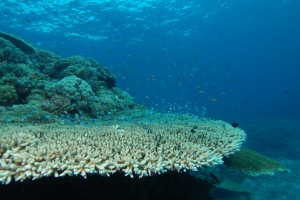
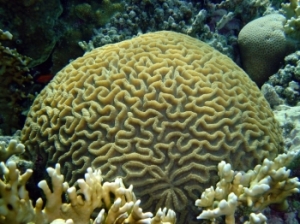
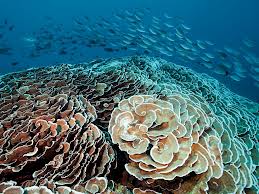
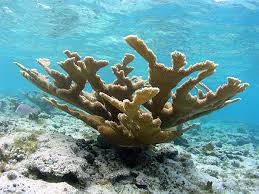
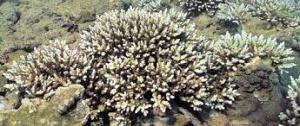
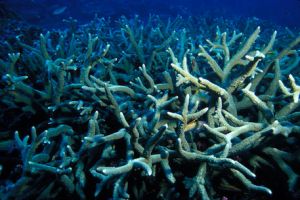
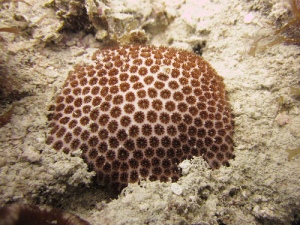
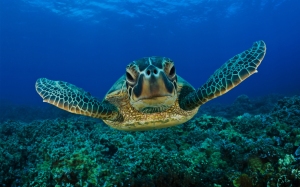
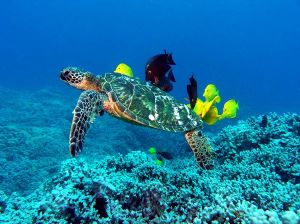
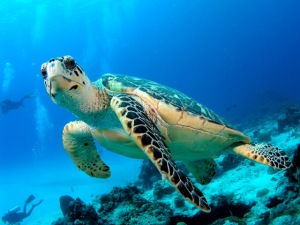
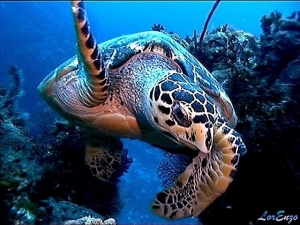
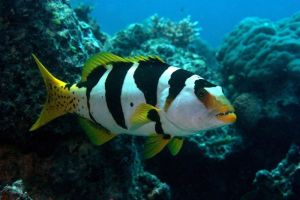
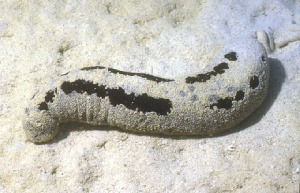
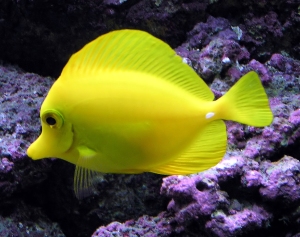
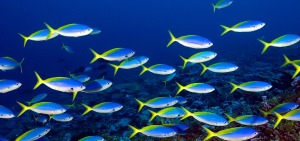
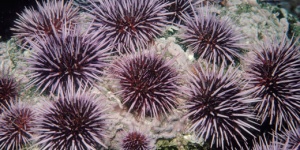
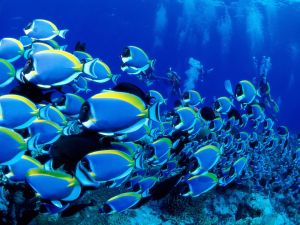
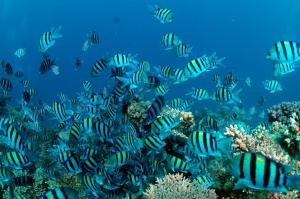
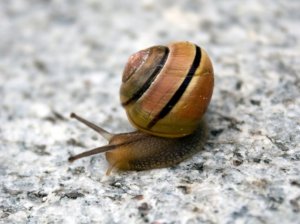
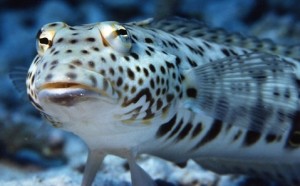
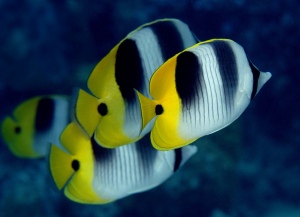
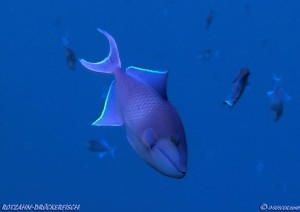
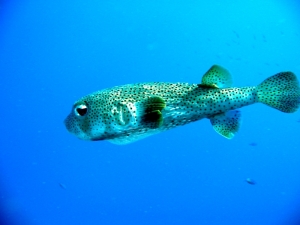
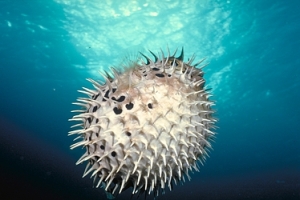
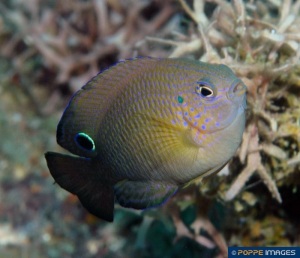
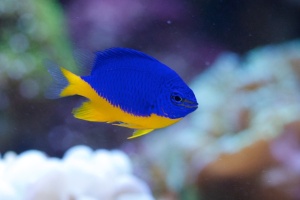
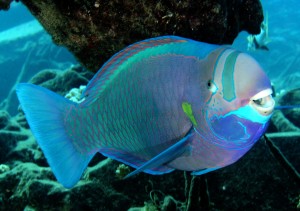
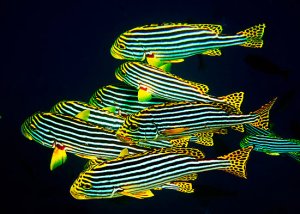
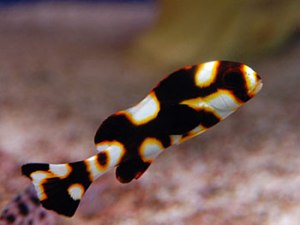
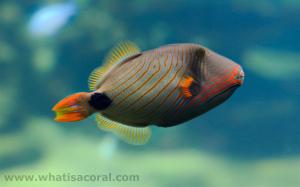
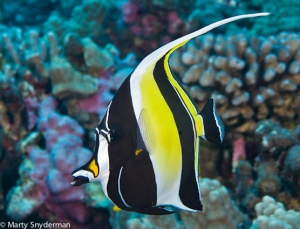
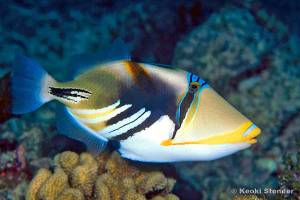
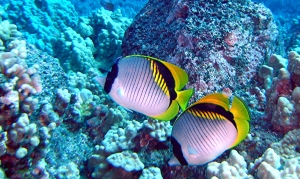
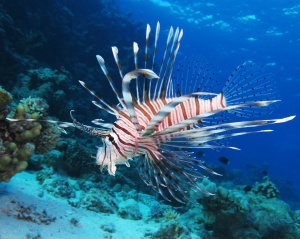
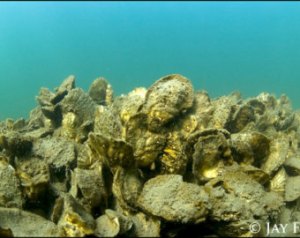
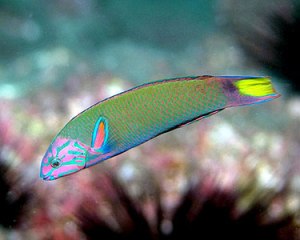
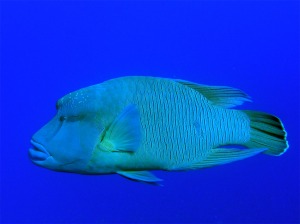
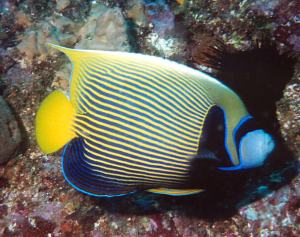
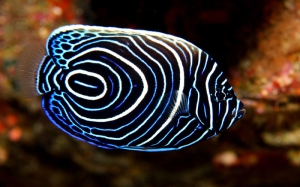
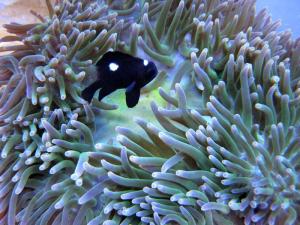
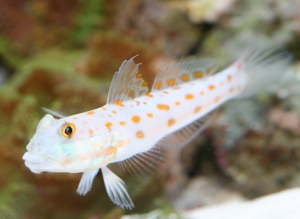
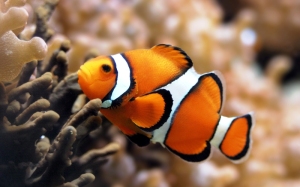
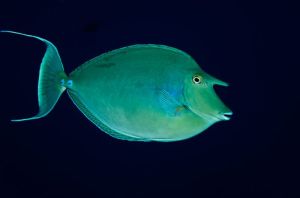
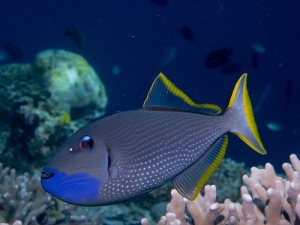
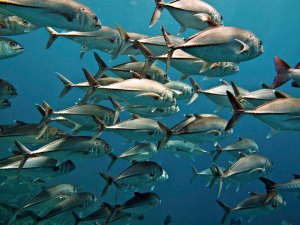
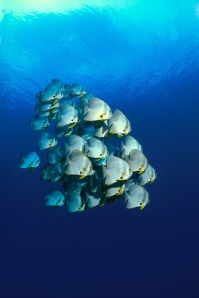
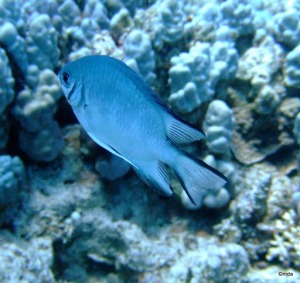
Hey Akanksha, great stuff! This is quite a long read, but very informative. Thank you for giving me a nice ride through your journey! Keep writing 🙂
Hello,
Yes, I know, it’s a really long post! But I didn’t just want to give only names and finish it off. 🙂
Thanks a lot. Glad you liked it 🙂
Very nicely written and the pictures are fabulous. Underwater beauty captured. I’m also looking to get a diving certification.
Btw, which camera did you use?
Hi Ritwick
Thank you for your comments! I haven’t taken any of the pictures, I actually just found them on google, that’s probably why they are fabulous :P.
The diving certification is definitely worthwhile but it is also quite expensive and not something that everyone would like so it’s a good idea to go for a Discover Scuba Dive before actually. If you’re meant for it, you’ll know immediately. I just completed my certification this January! I would definitely recommend SSI over PADI.
I don’t really have much knowledge about underwater cameras but I’m sure you can find some info online!
Hi Akanksha,
Thanks for your reply! I love the sea. I recently went to the Andamans, specifically to Havelock. I was snorkeling there till I got my back sun burnt (in other words, a lot). Didn’t go for a scuba dive as time was short.
You can check out my YouTube for some videos. Apologize for the camera shake as it’s difficult to film and snorkel at the same time. It’s a Nikon AW120.